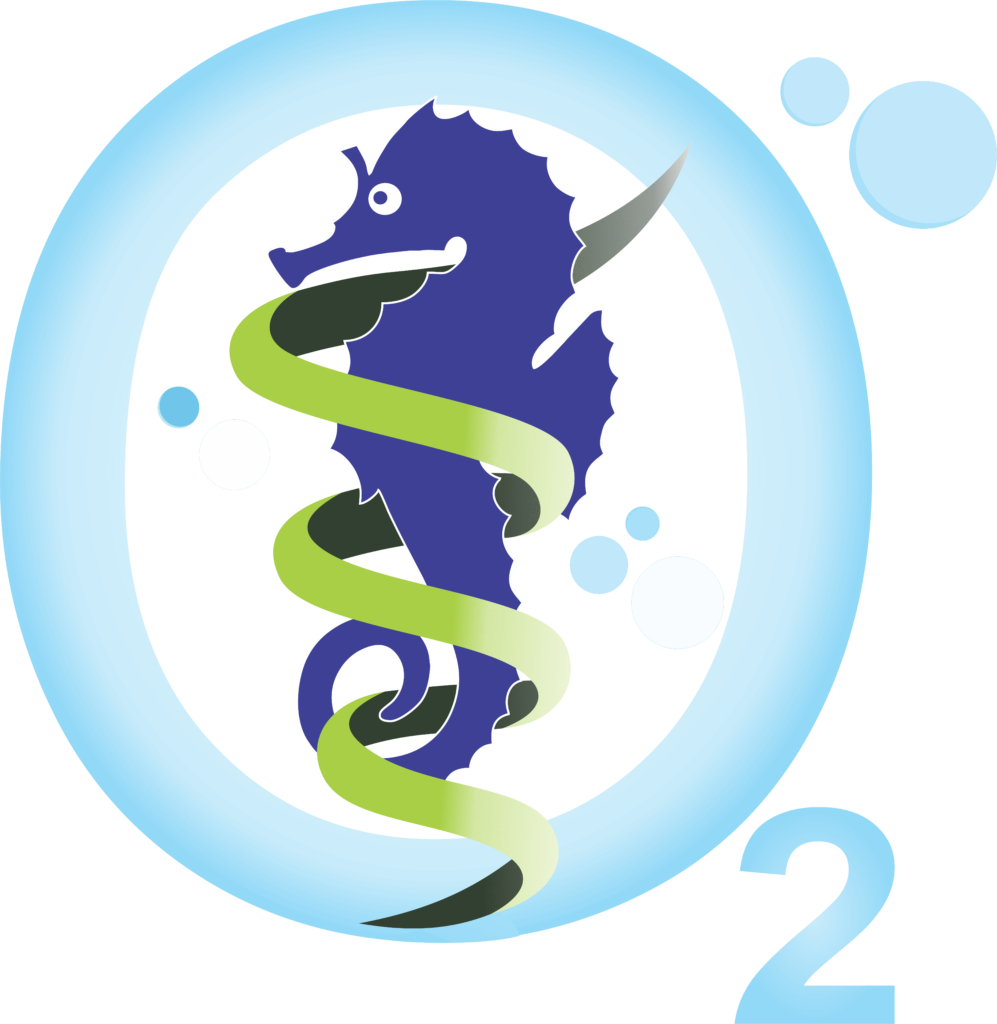The injuries caused by carbon monoxide (CO) traditionally have been viewed as due to a hypoxic stress mediated by an elevated carboxyhemoglobin (COHb) level. While hypoxic stress is clearly an element of poisoning, some injuries appear to be mediated by systemic oxidative stress. Perivascular and neuronal injuries arise by mechanisms other than hypoxia. Neuropathology is due to a complex cascade of biochemical events involving several pathophysiologic processes, some independent of pure hypoxic stress. Furthermore, the COHb level does not correlate with the development of neurological or cognitive sequelae.
The two organ systems most susceptible to injury from CO are the cardiovascular and central nervous systems. Human and animal data indicate that major cardiac injury at the time of poisoning is due primarily to CO-induced hypoxic stress. In addition, the risk for cardiovascular-related death in patients with initial CO-induced cardiac injury appears to be increased over the 10 years following injury. Many neurological problems can follow CO poisoning and include motor weakness, peripheral neuropathies, hearing loss, and Parkinsonian-like syndrome. Cognitive sequelae following CO poisoning are common. Also, the incidence of anxiety and depression is high following acute CO poisoning and may not be influenced by hyperbaric oxygen therapy (HBOT).
Administration of supplemental oxygen is the cornerstone of treatment of CO poisoning, although there are no clinical trials demonstrating improved outcomes using oxygen therapy administered at atmospheric pressure. Nevertheless, supplemental oxygen inhalation will hasten dissociation of CO from hemoglobin and provide enhanced tissue oxygenation. HBOT hastens COHb dissociation compared to breathing pure oxygen at sea-level pressure. Additionally, HBOT, but not ambient pressure oxygen treatment, has several actions, which have been demonstrated in animal models to be beneficial in ameliorating central nervous system (CNS) injuries. These include an improvement in mitochondrial oxidative processes, inhibition of lipid peroxidation, and impairment of leukocyte adhesion to injured microvasculature. Animals poisoned with CO and treated with HBOT have been found to have more rapid improvement in cardiovascular status, lower mortality, and lower incidence of neurological sequelae.
Since 1960, the clinical use of HBOT for CO poisoning has occurred with increasing frequency. Over 1,500 CO-intoxicated patients were treated in North American hyperbaric chambers from 1992–2002. However, this number represents only a small fraction of those poisoned with CO. Extrapolation of data from a 1994 survey across three western states and from Utah for 1996 and 1997, gives an estimate that over 40,000 CO-poisoned patients are evaluated in emergency departments annually in the United States. Among patients treated with HBOT, both mortality and neurocognitive morbidity are improved beyond that expected with ambient pressure supplemental oxygen therapy. The optimal benefit from HBOT occurs in those treated with the least delay after exposure. In selected patients, repeated treatments may yield a better outcome than a single treatment.
Cyanide Poisoning
Carbon monoxide and cyanide poisoning frequently occur simultaneously in victims of smoke inhalation. In combination, these two agents exhibit synergistic toxicity. HBOT should be strongly considered in such cases. In addition to its effect on CO, HBOT may have a direct effect in reducing the toxicity of cyanide and in augmenting the benefit of antidote treatment. Clinical reports involving the use of HBOT in pure cyanide poisoning are infrequent; however, some reports suggest a benefit. Since the condition carries a high mortality risk, HBOT treatment is justified if standard therapy is unsuccessful. The traditional antidote for cyanide poisoning involves formation of methemoglobin through the infusion of sodium nitrite. This treatment has the potential to impair the oxygen carrying capacity of hemoglobin. In the smoke inhalation victim, with concomitant COHb and possible pulmonary injury, there is an obvious added risk associated with methemoglobin formation. The HBOT‑mediated increase in plasma-dissolved oxygen content offers a direct benefit. However, one must be cautious in this setting because the methemoglobin level may be directly lowered by hyperoxia (at least at 4 atm abs), possibly reducing the efficacy of antidotal therapy.
Antidotal therapies other than nitrite‑methemoglobin formation exist, although their use is still investigational. Hydroxocobalamin and dicobalt EDTA directly bind cyanide, obviating the need for methemoglobin formation, however, since these agents possess their own toxicities, their use is currently limited. Until direct antidotes become available, HBOT is recommended as an adjunct to the treatment of combined CO poisoning complicated by cyanide poisoning.

